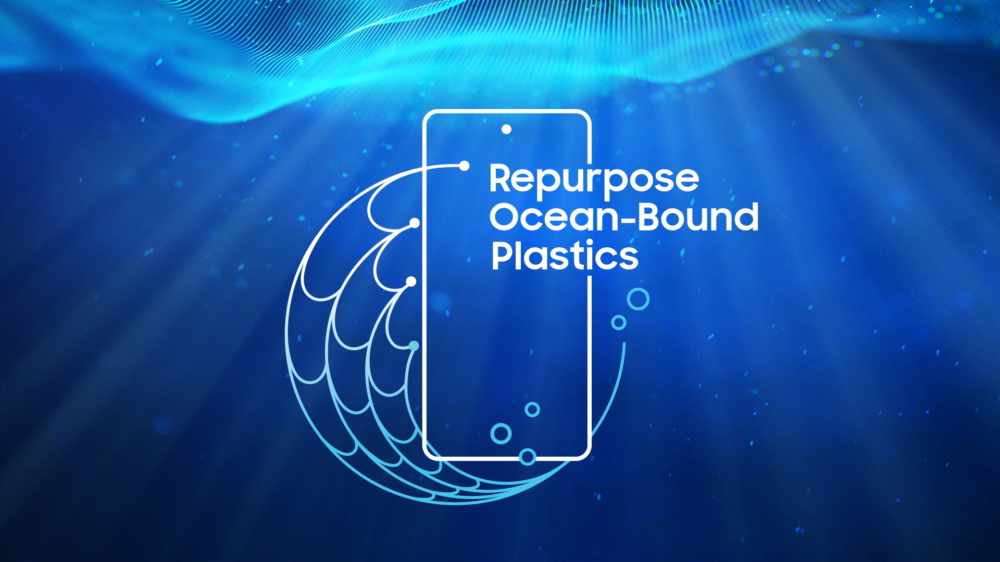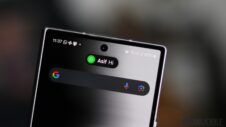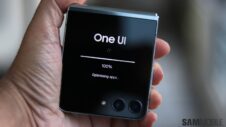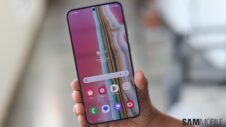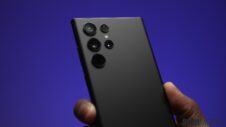Samsung left no stone unturned at Unpacked 2022 and revealed everything there was to know about the new Galaxy S22 flagship. Including the fact that it contains new materials originating from recycled fishing nets and PCM (Post-Consumer Material). The original announcement regarding Samsung's latest ‘Galaxy for the Planet' program left some customers scratching their heads, so let's clear some misconceptions.
First things first, it's worth discussing where these recycled materials come from and the process they go through before Samsung can use them for smartphone component manufacturing.
Samsung has had a dedicated team working on solving the difficulties of recycling mobile components for ten years. The ‘Galaxy for the Planet' campaign is the latest endeavor from that program, and it aims to help clean up the oceans.
However, to achieve its goals, Samsung partnered with a few other companies that are specialized in recycling fishing nets from the oceans. The difficulty lies not only in gathering the discarded plastics but also in treating the material for manufacturing.
From ‘trash' to high-quality material
Fishing nets are polyamides, commonly known as ‘nylon,' which are difficult to recycle. This material's mechanical properties deteriorate quickly after extended exposure to UV rays and seawater, and it's nearly impossible to use discarded fishing nets — as collected — in manufacturing. Not before they go through an arduous process.
Samsung has partnered with a company that collects, cuts, cleans, and extrudes fishing nets into polyamide resin pellets. These pellets then go to another Samsung partner that's tasked with upcycling and optimizing the pellets to match Samsung's requirements.
According to Samsung, the result is a high-performance, eco-conscious plastic. The company claims to have “developed multiple materials” that are thermally and mechanically stable. The recycled fishing net plastic has 99% the quality of other plastics normally used by Samsung in smartphone component manufacturing.
In addition to recycled fishing nets, Samsung used recycled PCM (Post-Consumer Materials) to manufacture certain Galaxy S22 components. This recycled PCM originates from discarded plastic bottles and CD cases that are ground into small chips, extruded, and filtered into contamination-free uniform granules.
Where do these recycled materials go, exactly?
The Galaxy S22 series has a fantastic build quality. It's wrapped in Gorilla Glass Victus+ and has an Armor Aluminum frame, and yes, this is true even for the base Galaxy S22 model. So, if not for the exterior, then Samsung must have used recycled fishing nets and PCMs for internal components. Right? Well, yes, but in reality, this isn't as dramatic as it may sound.
To be more technical about the process, Samsung combines 20% recycled ocean-bound fishing net material with its usual plastics. There's not one single component inside the Galaxy S22 series that's made entirely out of recycled fishing net material. It's always going to be 20% recycled pellets and 80% of the usual plastics. Same as recycled PCMs. Virgin plastic is mixed with 20% PCM granules to create a more eco-conscious plastic that meets Samsung's quality standards.
As to which components are made of this mix of new and recycled materials, well, it's things like the inner component of the Galaxy S22 series volume button and side key — both of which are coated in aluminum. Samsung also used a different variant of its recycled PCM to manufacture the Galaxy S22, Galaxy S22+, and Galaxy S22 Ultra integrated speaker module.
In short, these materials go through an upcycling process to meet quality standards. They have 99% the quality of normal plastics and are mixed in with 80% virgin plastics. Finally, they're used for simple components inside the Galaxy S22 and not for any parts that add structural rigidity to the phones or are related to semiconductors, camera modules, etc.
As for the positive impact Samsung hopes to have, the company expects to divert more than 50 tons of discarded fishing nets from ending up in the oceans before the end of 2022.
Join SamMobile’s Telegram group and subscribe to our YouTube channel to get instant news updates and in-depth reviews of Samsung devices. You can also subscribe to get updates from us on Google News and follow us on Twitter.
